I’m freshly back from an intellectual feast in India, bursting with excitement about what I saw and did. Evidence of the sacred, the intelligent and the profound abound in Calcutta … and one very visible leader is found in more than one place.
In this mecca of richness, I found evidence of Mother Teresa everywhere.
Here are some photos I took of just a few of them.
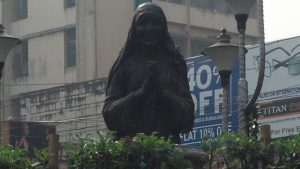
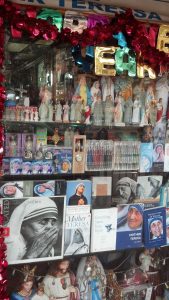
What adds to my existing interest in Mother Teresa, because of all that she represents, is that I learned years ago that she used homeopathy. She counted on it as part of her mission in working with the poor. This makes sense given the ubiquitous evidence of both her mission and homeopathy’s. More people practice homeopathy in India than in any other country in the world. India, a democracy of 1.2 billion people, has great respect for homeopathy. There are no less than 320,000 registered homeopaths in the country, with numerous homeopathic hospitals, clinics and schools.
And why not? Mahatma Gandhi was quoted as saying, “Homeopathy cures a greater percentage of cases than any other method of treatment. Homeopathy is the latest and refined method of treating patients economically and non-violently.”
Indeed, Mother Teresa was aware of its cost-effectiveness and efficacy, so it was a natural fit for her mission.
As early as 1950, Mother Teresa opened a homeopathic dispensary to serve the poor in Calcutta. Eventually, her Missionaries of Charity expanded their homeopathic outreach to include four dispensaries.
I can’t help but be inspired as I go about my work as a homeopath and educator, having a connection with her via our Catholic heritage as well as our choice of medicine.
Mother Teresa cared so much about helping the poor that she studied homeopathy herself with Dr. Jai Chand, an Indian homeopathic physician, and directed the sisters to do the same.
Although she didn’t consider herself a homeopathic practitioner and left the treatment of those with chronic illnesses to homeopathic doctors, she educated herself enough to be able to prescribe for acute illnesses. She and the Sisters of Charity were there to serve, and homeopathy helped them do just that … inexpensively, effectively and with pure hearts.

I imagine that Mother likely used a good amount of Arsenicum album and Hypericum for bone and dental infections. I also envision that she employed Arnica montana and Bellis for soft tissue injuries, and of course, our beloved Ignatia for emotional loss. Particularly the needs of orphans might likely include daily doses of Ignatia to aid them in their loss.
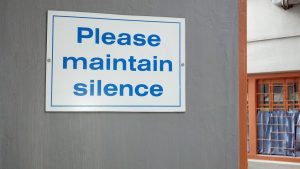
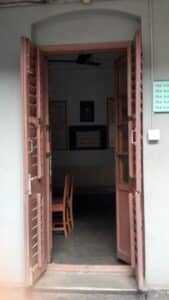
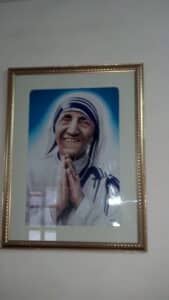
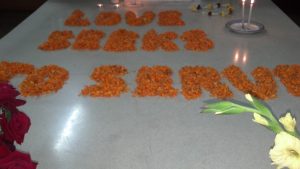
The hand of this sacred woman touched millions of suffering in Calcutta, touched the hearts of billions across the globe and dispensed the world’s most gentle and efficacious medicine. Nowhere is this more evident than in the great city of Calcutta. These connections make my heart sing.
Allow me to offer you these parting words of the Mother:




What a gift, a treasure! To be able to walk where Mother Teresa walked, visit her tomb, talk with the Sisters…I am sure that your trip was invaluable in terms of practical training, but I am also sure that your spirit was touched by Mother Teresa.
Wow! Joette, what an inspiring piece. I now want to learn much more about Mother Teresa and aspire to be more MT-like in my own life. Thanks for this!
Always maintain a pure heart. More difficult than it appears on first glance. But that IS the key. I love you for the work you are doing, your love and enthusiasm for life and your generosity in sharing it with all of us.
Hello Joette:
Thanks very much for sharing your trip to Calcutta, India and especially your visit to Mother Teresa’s home. I had the pleasure of meeting Mother in 1982 when I was a flight attendant on a flight from Kuwait to Bombay. I was given the distinguished task of taking care of her on board as a VIP passenger. Mother wrote me a beautiful blessing on our airline letterhead and predicted I would have 3 children (which I did). We had a long conversation about her early life in Albania and how she made the trek to India. I hold her in high esteem and look up to her as a person of great faith and humble heart. I look forward to seeing you again in Toronto at our conference in May.
Louise Saldanha, RHN
Toronto, ON
Thanks for the post! 🙂